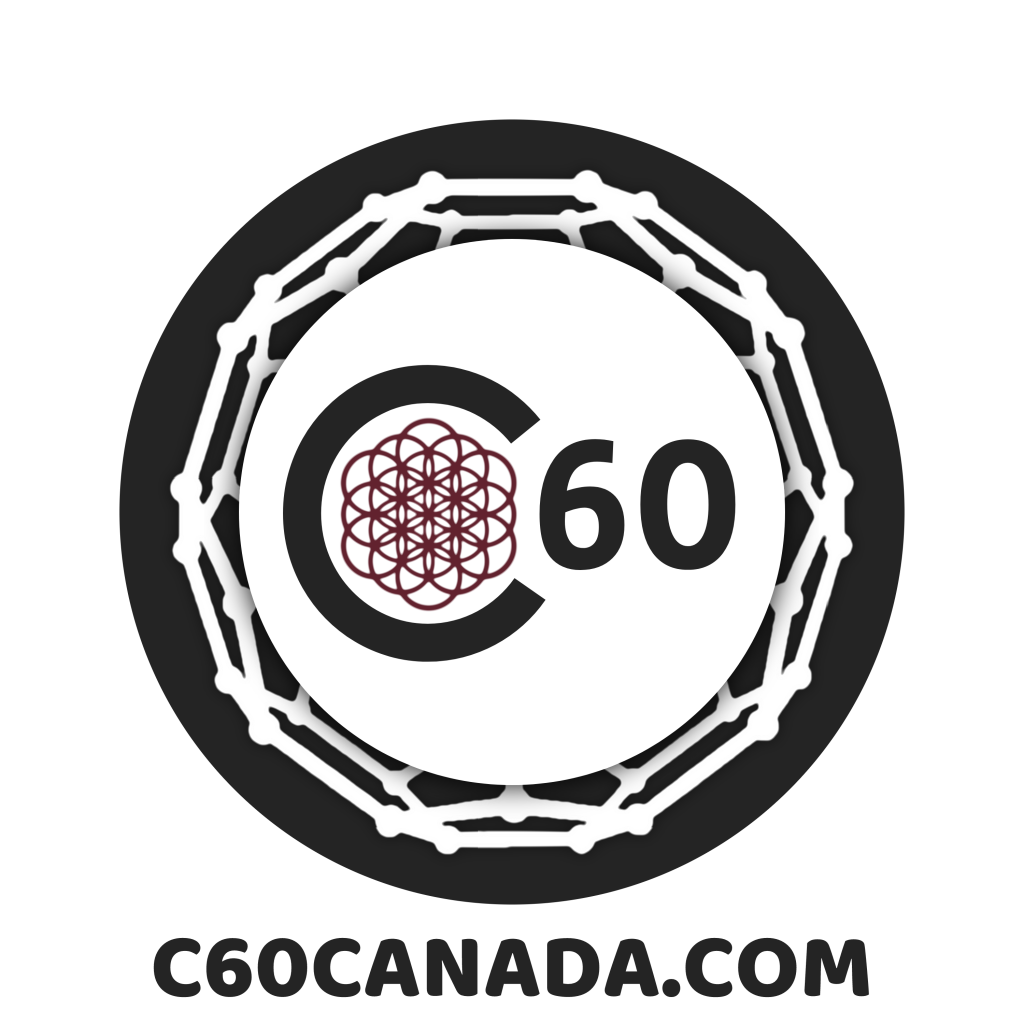Uncategorized
Accumulation of Weathered Pesticides in Four Agricultural Plants
Accumulation of Weathered Pesticides in Four Agricultural Plants
The effect of multiwalled carbon nanotubes (MWCNT) or C60 fullerenes on the uptake of weathered chlordane or DDx (DDT + metabolites) by Cucurbita pepo (zucchini), Zea mays (corn), Solanum lycopersicum (tomato), and Glycine max (soybean) was investigated. The plants were grown in 50 g of soil with weathered chlordane (2150 ng/g) and DDx (118 ng/g) that was amended with 0, 500, 1000, or 5000 mg/kg MWCNT or C60. After 28 d, the root and shoot content of chlordane components and DDx was determined by GC-MS. Zucchini and tomato growth were unaffected by carbon nanomaterial coexposure, although C60 at 500 mg/kg reduced corn and soybean biomass by 36.5–45.0%. Total chlordane content ranged from 1490 (tomato) to 4780 (zucchini) ng; DDx amounts ranged from 77.8 (corn) to 395 ng (zucchini). MWCNT coexposure decreased chlordane and DDx accumulation 21–80% across all crops, depending on species and nanotube concentration. Conversely, C60 had species- and contaminant-specific effects on pesticide uptake, ranging from complete suppression of DDx uptake (corn/tomato) to 34.9% increases in chlordane accumulation (tomato/soybean). The data show that pesticide accumulation varies greatly with crop species and carbon nanomaterial type/concentration. These findings have implications for food safety and for the use of engineered nanomaterials in agriculture.
More at: https://pubs.acs.org/doi/abs/10.1021/es4034809?src=recsys
